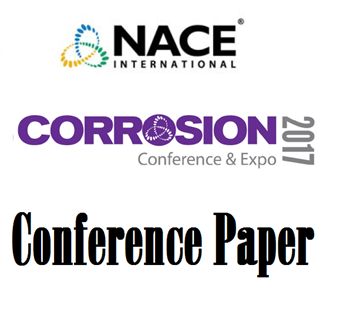Search
Individual Conference Papers
View as
Sort by
Display
per page
Performance of API 5L X65 in 138 MPa Supercritical CO2
Product Number:
51323-18863-SG
Publication Date:
2023
$20.00
Performance of Autonomous Aerial Robotics for Dry Film Thickness Measurement
Product Number:
51219-177-SG
Publication Date:
2019
$20.00
Performance of Coatings in Seawater: A Field Study
Product Number:
51393-93439-SG
Publication Date:
1993
$20.00
Performance Of Corrosion Inhibitors Under High CO2 Partial Pressures
Product Number:
51321-16735-SG
Publication Date:
2021
$20.00
Performance of Corrosion-Resistant Alloys in Acidic Chloride Solutions containing Bleach
Product Number:
51323-19338-SG
Publication Date:
2023
$20.00
Performance of Damaged Thermal Spray Coatings in Phase Change Materials (PCMs) Used in Geothermal Plants
Product Number:
51324-21060-SG
Publication Date:
2024
$40.00
Performance of Distributed Galvanic Anode Systems in Bridge Structures
Product Number:
51323-19214-SG
Publication Date:
2023
$20.00
Performance of Distributed Galvanic Anode Systems on Bridges in the United States
Product Number:
51323-19172-SG
Publication Date:
2023
$20.00
Performance of High Strength UNS N08830 in Hydrogen Stress Crack Testing to Simulate Conditions Arising from Subsea Cathodic Protection
Product Number:
51319-12989-SG
Publication Date:
2019
$20.00
Performance Of Laser Additively Manufactured Alloys In (Light Water) Reactor Environments
Product Number:
ED22-17282-SG
Publication Date:
2022
$20.00
Performance of Marine Coatings Applied over Flash Rusted Surfaces
Product Number:
41209-465-SG
Publication Date:
2009
$20.00
Performance of Next Generation CUI Mitigation Systems
Product Number:
51317--9331-SG
ISBN:
9331 2017 CP
Publication Date:
2017
$20.00












